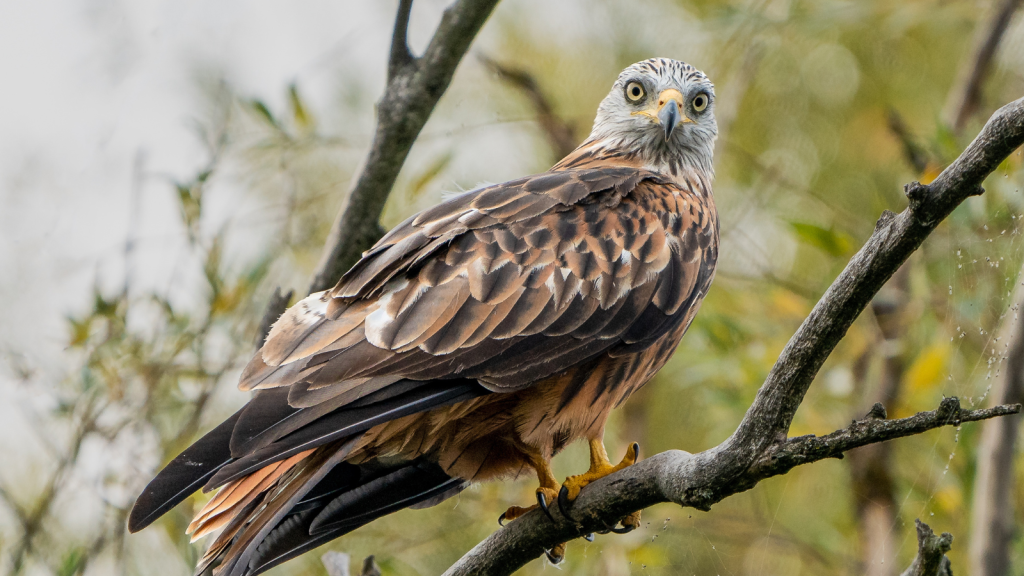Red kites are majestic birds of prey that soar across the British Isles. With their distinctive forked tails and russet plumage, these graceful raptors are a sight to behold as they soar through the skies. Once on the brink of extinction in the UK, red kites have made a remarkable comeback thanks to successful reintroduction programmes. These birds are not just beautiful to look at; they’re also incredibly interesting creatures. From their impressive aerial acrobatics to their unusual nesting habits, red kites are beautiful and astonishing. I’m lucky enough to see these stunning birds on a regular basis while I’m walking the dogs.
Masters of the Air

Red kites are incredibly agile flyers. They can spend hours soaring on thermal currents, rarely needing to flap their wings. Their forked tail acts like a rudder, allowing them to make quick turns and adjustments mid-flight. This aerial prowess makes them efficient hunters and scavengers. Red kites can reach speeds of up to 60 km/h in level flight, but they’re most impressive when gliding and using air currents to their advantage.
Unusual Diet
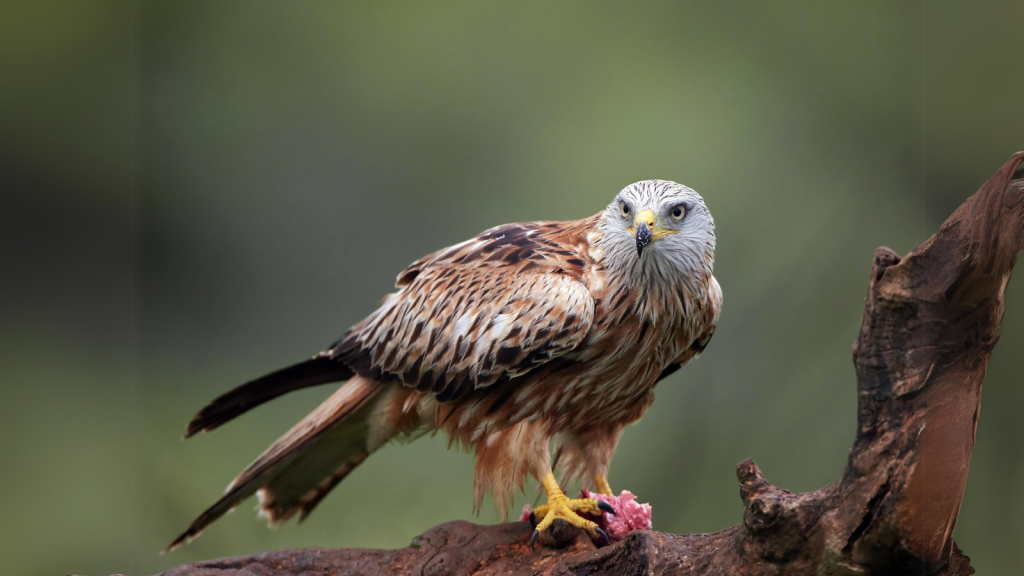
Unlike many birds of prey, red kites are not skilled hunters of live prey. They primarily feed on carrion, making them nature’s clean-up crew. They’ll also eat small mammals, birds, and even earthworms. In urban areas, they’ve been known to snatch sandwiches from unsuspecting picnickers! Their varied diet also includes fish, amphibians, and reptiles, showcasing their adaptability to different food sources.
Successful Comeback Story
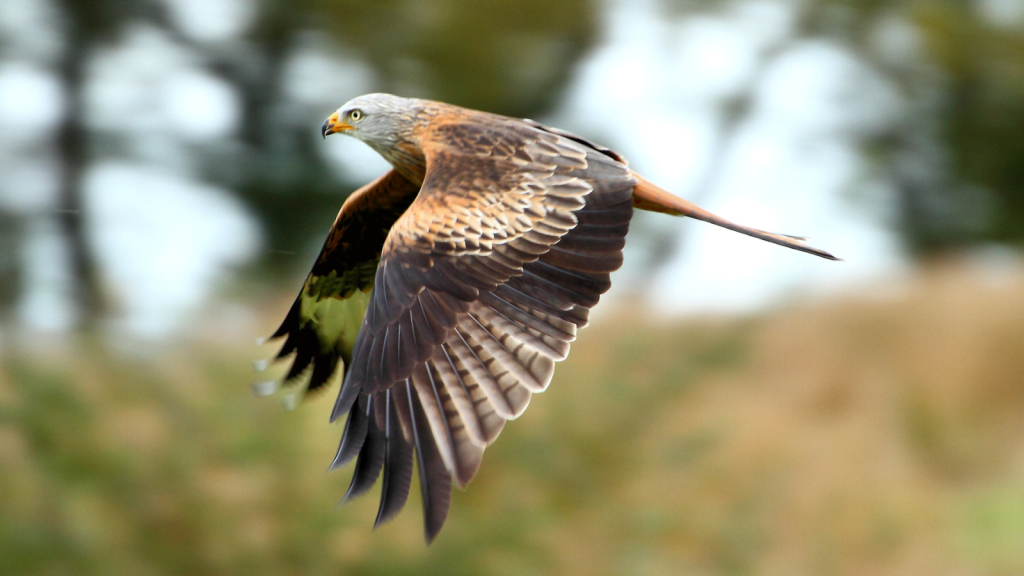
Red kites were once common across the UK, but persecution led to their near-extinction by the 1900s. A reintroduction programme starting in 1989 has been hugely successful. Today, there are over 10,000 breeding pairs in the UK, making it one of the most triumphant conservation stories in British history. The success of this programme has inspired similar efforts for other species, demonstrating the potential for well-planned conservation initiatives.
Distinctive Calls
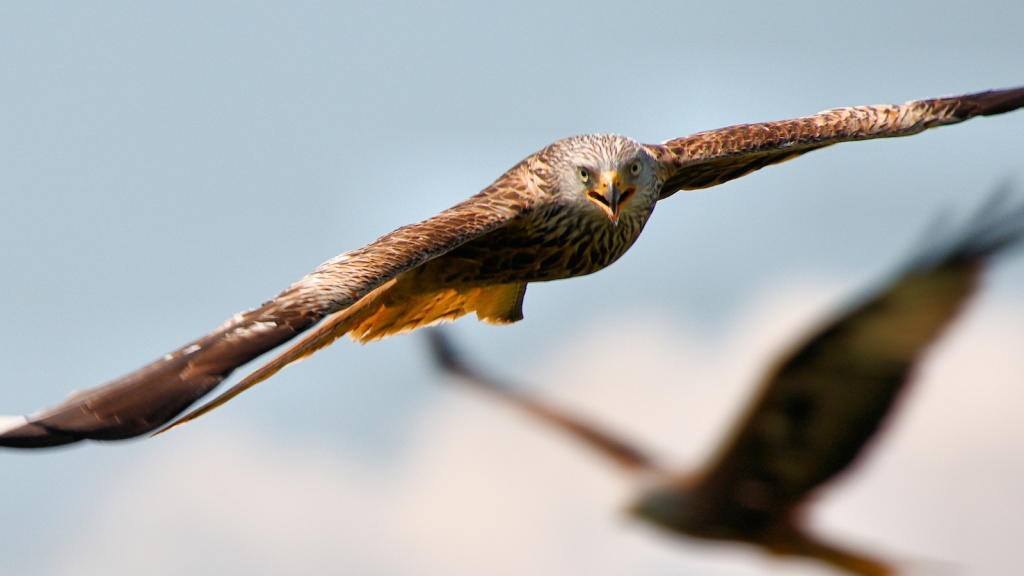
Red kites have a unique, high-pitched call that sounds like a whistle. This ‘mewing’ sound is often described as similar to a cat’s meow. They use these calls to communicate with each other, especially during breeding season or when defending their territory. Interestingly, red kites are capable of mimicking other birds’ calls, adding to their vocal repertoire.
Monogamous Mates
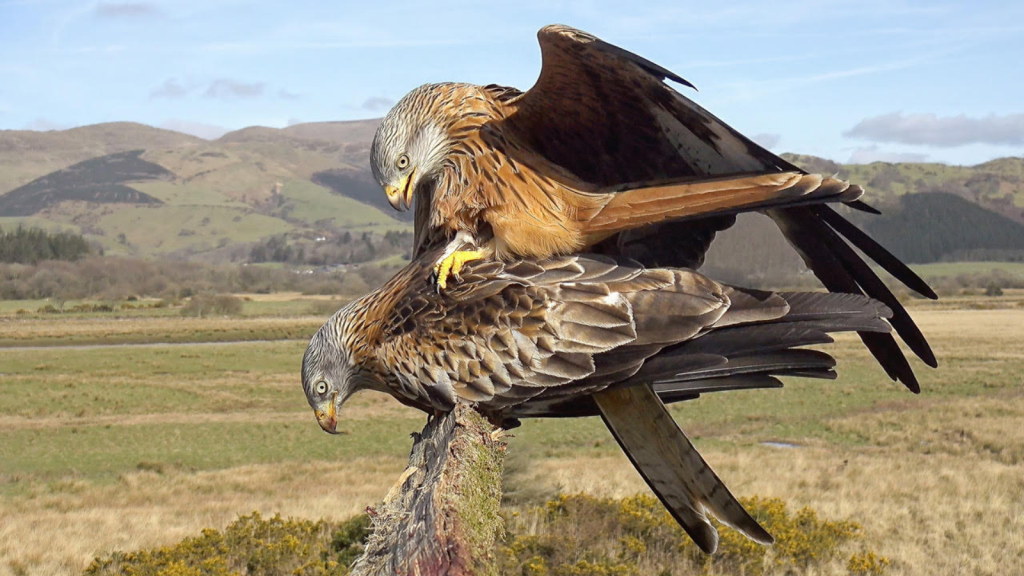
These birds typically mate for life. Pairs will often return to the same nesting site year after year. During courtship, males perform spectacular aerial displays, twisting and turning in the sky to impress their potential mates. If one mate dies, the surviving bird will usually seek a new partner rather than remaining solitary.
Unusual Nesting Materials
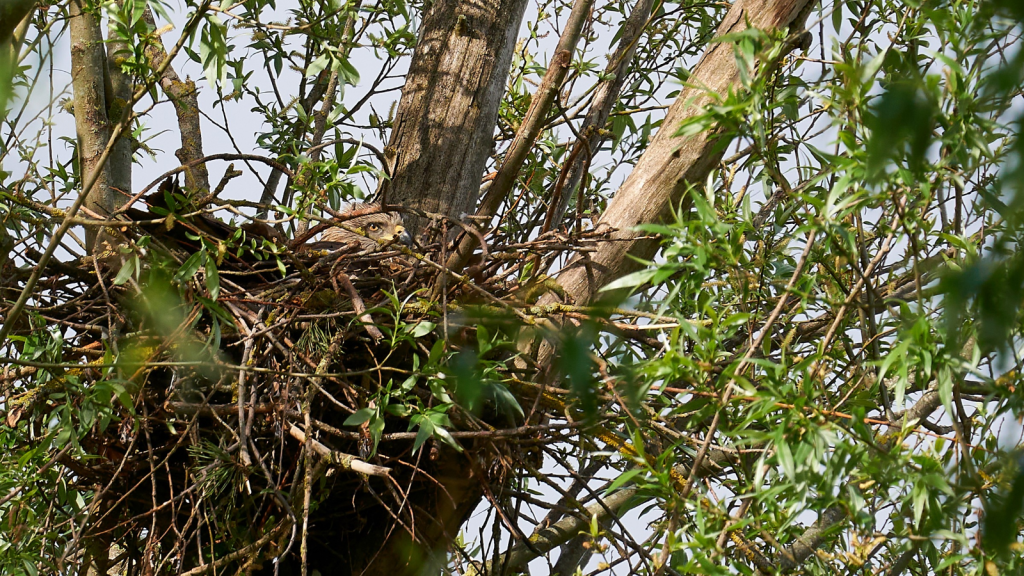
Red kites are known for their peculiar choice of nesting materials. Along with twigs and leaves, they often decorate their nests with human-made objects. Items like plastic bags, clothes pegs, and even stuffed toys have been found in red kite nests. This habit has earned them the nickname ‘litter picker’ in some areas. Their nests can be quite large, sometimes reaching up to 1 metre in diameter and weighing as much as 50 kg.
Long-lived Birds
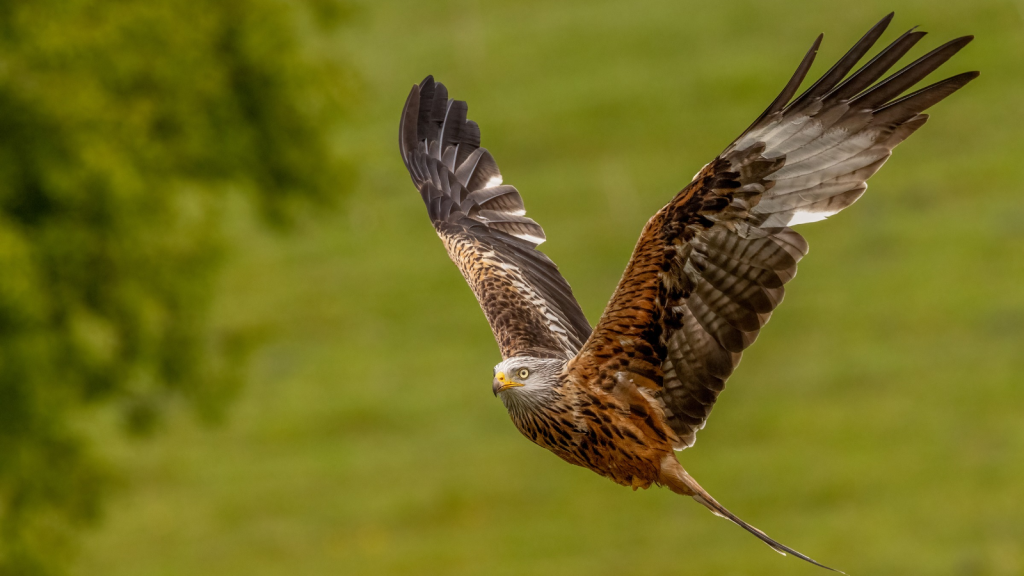
In the wild, red kites can live for quite a long time. The average lifespan is about 10 years, but some individuals have been known to live up to 25 years. The oldest recorded red kite in the UK reached the ripe old age of 28! This longevity is particularly impressive given the many challenges these birds face, including habitat loss and human persecution.
Size Matters
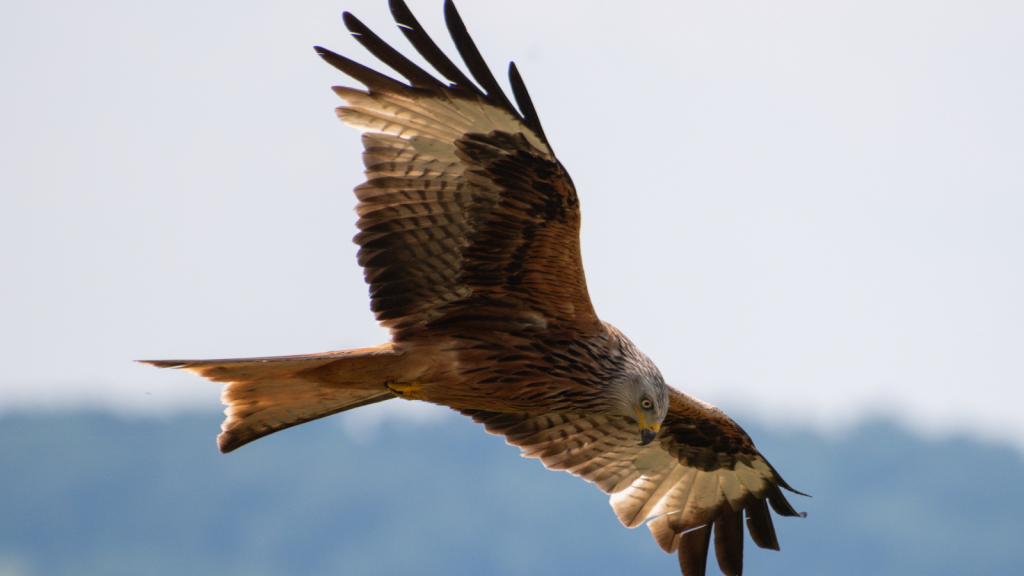
Red kites are medium-sized birds of prey, but they look larger in flight due to their long wings. They have a wingspan of up to 1.8 metres, but their body is relatively small, weighing only 900-1,300 grams. This light body and large wingspan ratio makes them excellent gliders. Despite their size, red kites are actually smaller and lighter than many other birds of prey, such as buzzards or eagles.
Colourful Characters
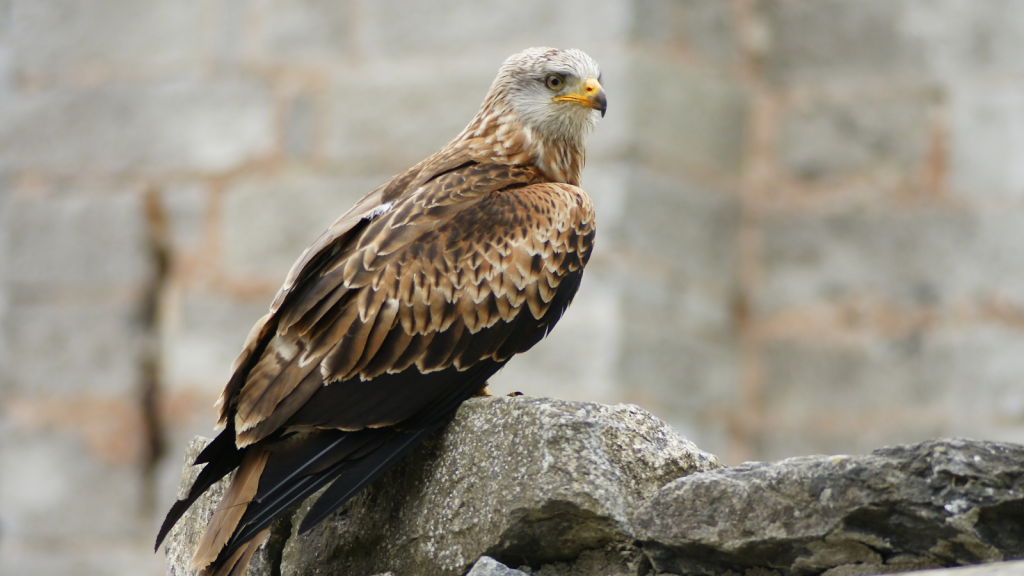
Despite their name, red kites aren’t entirely red. They have a reddish-brown body, a pale grey head, and distinctive white patches under their wings. Their eyes are yellow, adding to their striking appearance. Young kites have duller plumage, which brightens as they mature. The intensity of their red colouration can vary between individuals and may be influenced by their diet.
Adaptable Habitat
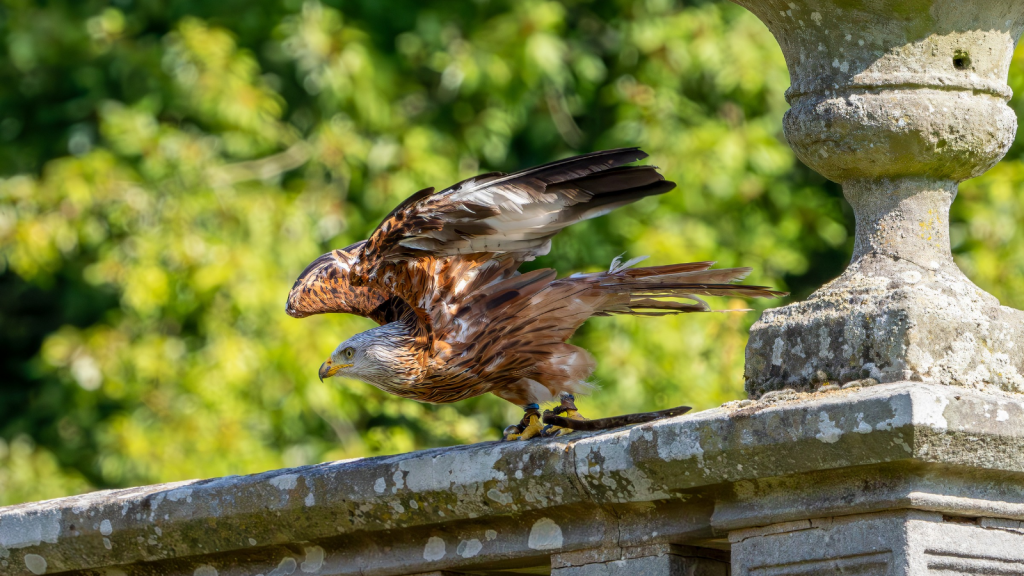
While red kites were traditionally birds of woodland edges, they’ve proven to be highly adaptable. They can now be found in a variety of habitats, including farmland, heathland, and even suburban areas. In some towns, they’ve become a common sight, much to the delight of local residents. This adaptability has been key to their successful reintroduction and spread across the UK.
Winter Roosting
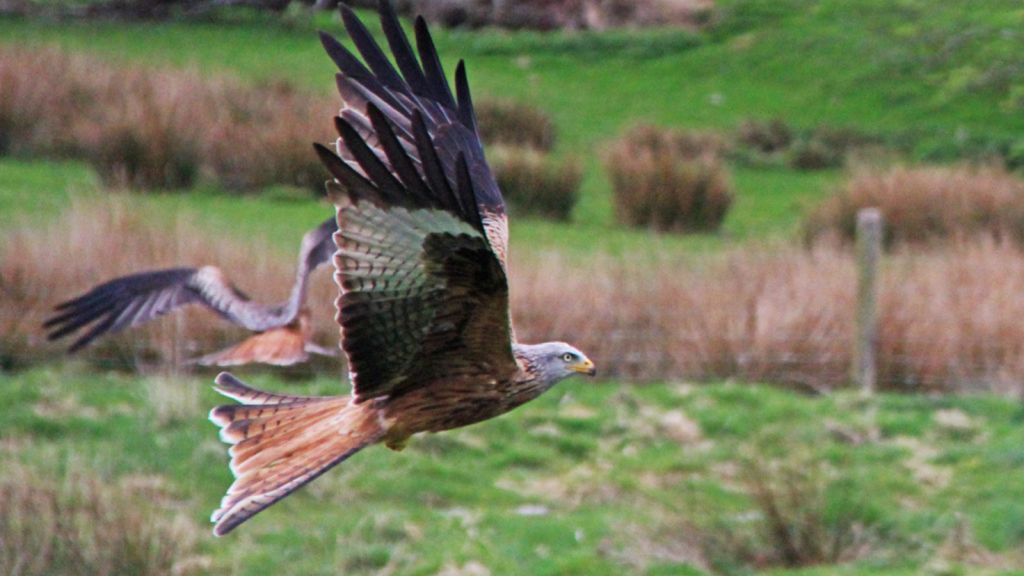
During winter, red kites often gather in large groups to roost. These communal roosts can sometimes contain hundreds of birds. They provide safety in numbers and allow the kites to share information about good feeding areas. These roosting sites are often used year after year, becoming important landmarks for local red kite populations.
Sharp Eyesight
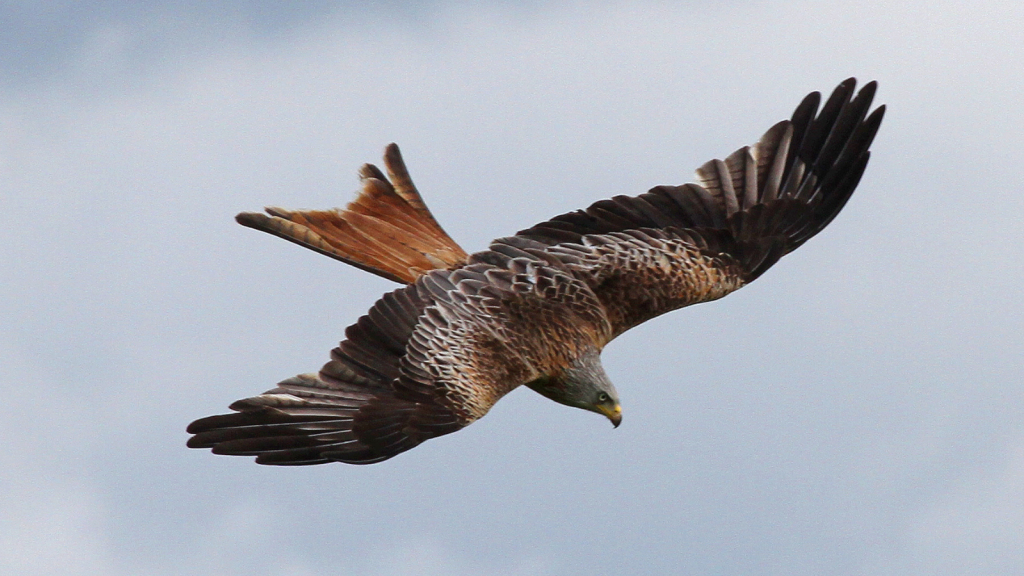
Like many birds of prey, red kites have excellent vision. They can spot potential food from great heights as they soar. Their eyes are positioned on the sides of their head, giving them a wide field of view, which is crucial for spotting both food and potential threats. A red kite’s eyesight is estimated to be eight times sharper than a human’s, allowing them to spot small prey from up to a mile away.
Beneficial Scavengers
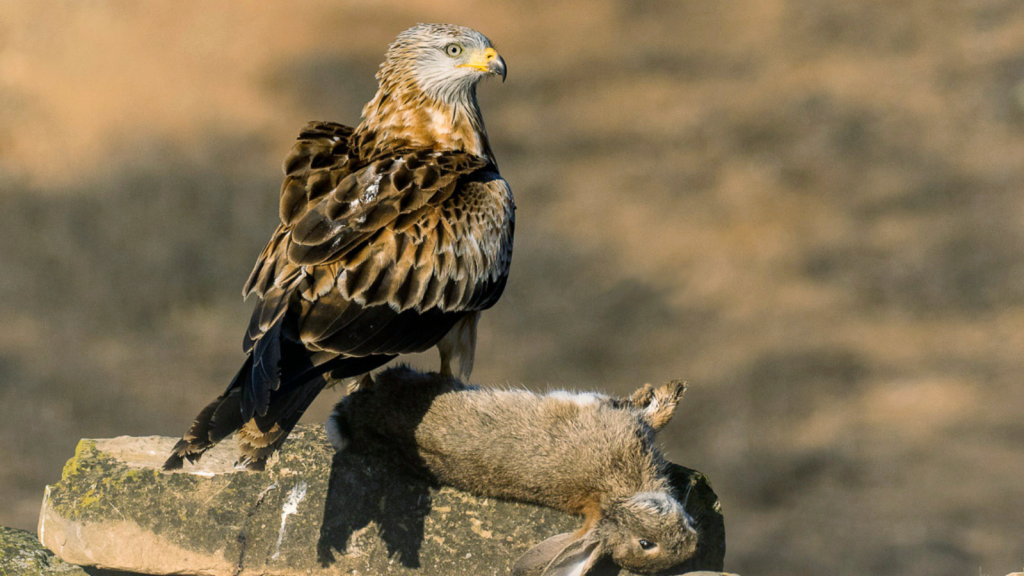
Red kites play an important role in the ecosystem as scavengers. By feeding on carrion, they help prevent the spread of disease. They’re particularly fond of roadkill, which helps keep roads cleaner and safer for drivers. Their scavenging behaviour also benefits farmers by helping to control rodent populations and clean up dead livestock.
Talented Thieves
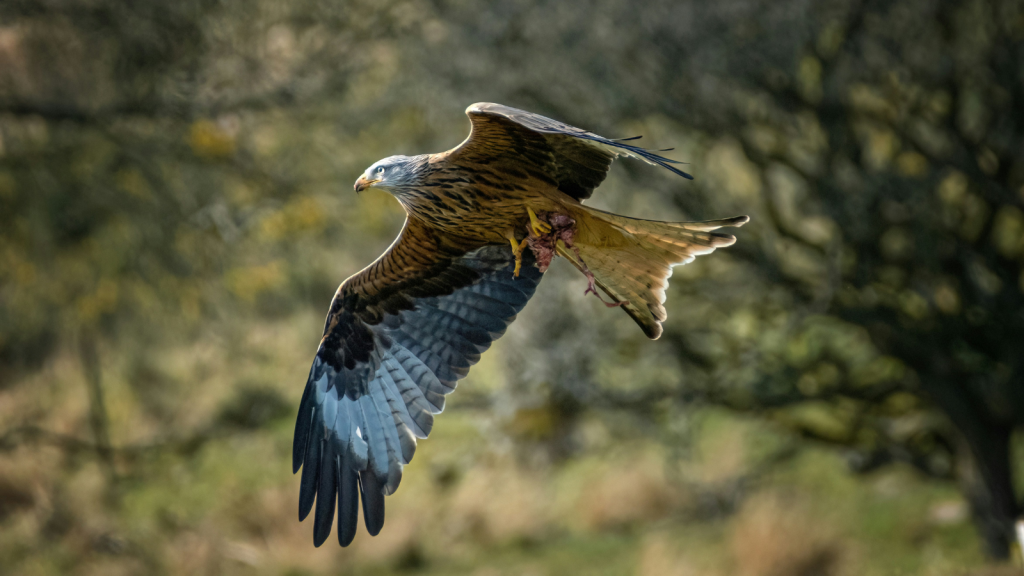
Red kites have a mischievous side that often surprises observers. They’re known to be talented thieves, swooping down to snatch food from unsuspecting picnickers or even from other birds. This behaviour isn’t just opportunistic; kites have been observed working in pairs to distract and steal from other birds. One kite will create a diversion while the other swoops in to grab the prize. This crafty behaviour showcases their intelligence and adaptability, traits that have helped them thrive in both rural and urban environments. Their thieving habits have even led to warnings at some outdoor events and picnic spots in areas with high red kite populations.
International Travellers
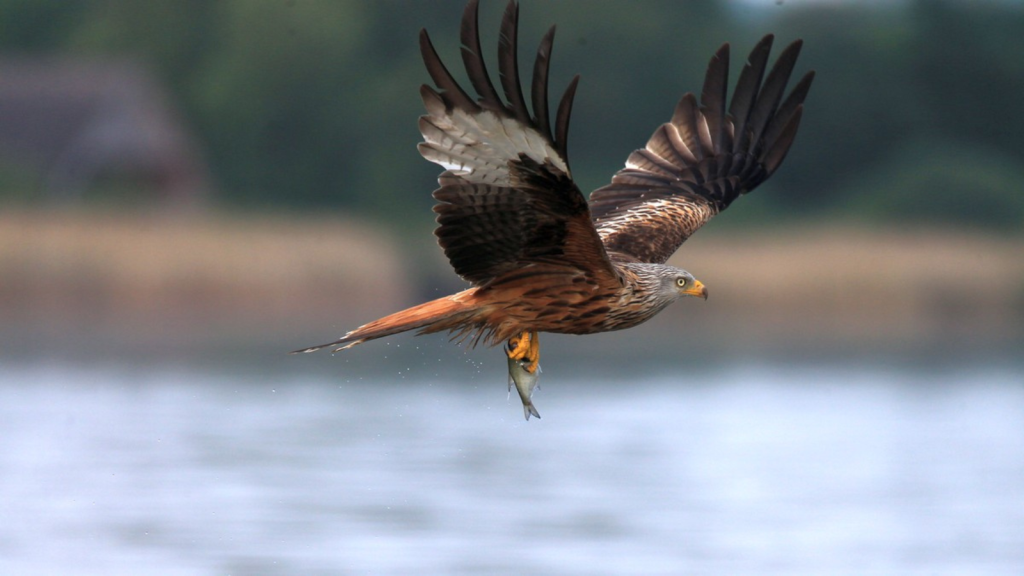
While many red kites in the UK are resident birds, some do migrate. Kites from northern Europe have been known to winter in Britain. Conversely, some British kites have been spotted as far south as Spain during winter months. Tracking studies have shown that young kites, in particular, can undertake impressive journeys, with some individuals traveling over 1,000 km in search of new territories.

